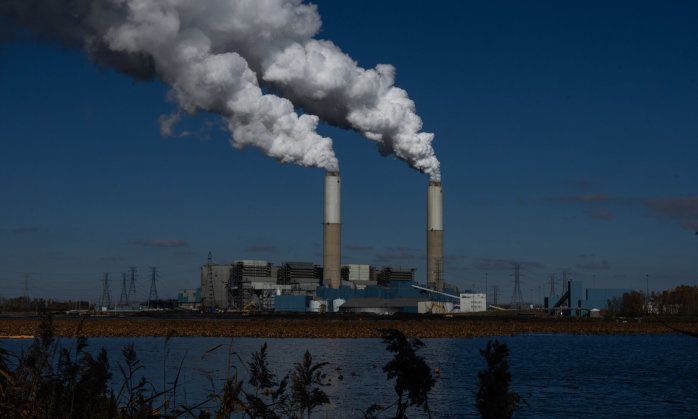Ventilation Investigation
Traditionally, non-industrial ventilation systems (HVAC) were designed to regulate temperature, humidity, and odors.

OSHA Industrial Ventilation Requirements
Sick-Building Syndrome
Sick Building Syndrome (SBS) refers to a situation where building occupants experience a variety of health and comfort issues that seem linked to the time spent in a particular building, but where no specific illness or cause can be identified
A. Ventilation may be deficient in:
- confined spaces;
- facilities failing to provide adequate maintenance of ventilation equipment;
- facilities operated to maximize energy conservation;
- windowless areas; and
- areas with high occupant densities.
Any ventilation deficiency must be verified by measurement.
B. There are five basic types of ventilation systems:
- dilution and removal by general exhaust;
- local exhaust (see Figure III:3-1);
- makeup air (or replacement);
- HVAC (primarily for comfort); and
- recirculation systems.
The complete Manual can be accessed in the link below:
OSHA Technical Manual (OTM)
Section III: Chapter 3
Solutions for clean breathable air in your workspace.
Toxic dust and volatile organic compounds, such as formaldehyde, often contribute to indoor air contamination. The products available in these links are designed to integrate with your process, ensuring that the air remains clean and breathable without sacrificing productivity.
Related Products
- Ambient Dust Collection Units
- Compact 110V Downdraft NFPA 660 Compliant
- Metal Grinding Downdraft Bench
- Dust Collector with Explosion-Venting for Indoor Use
- Electric Vacuums for NFPA 660 Compliance
- Explosion-Proof Vacuums | 3rd Party Certified
- Explosion-Proof Dust Collectors
- Exhaust HEPA and Carbon Plenums
- Fume Extraction Arms
- Gun Range Vacuums
- Grindex for Metal Grinding Sparks
- Heat Resistant Vacuums For Bakery Oven Cleaning